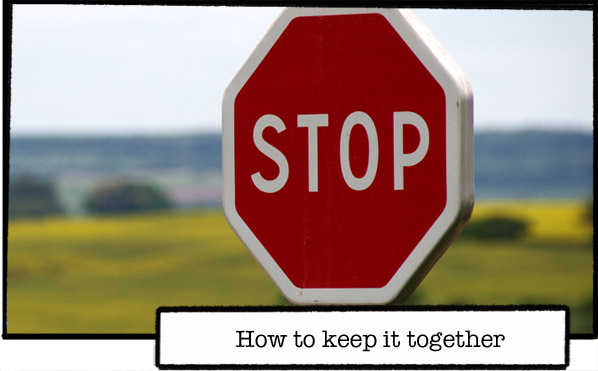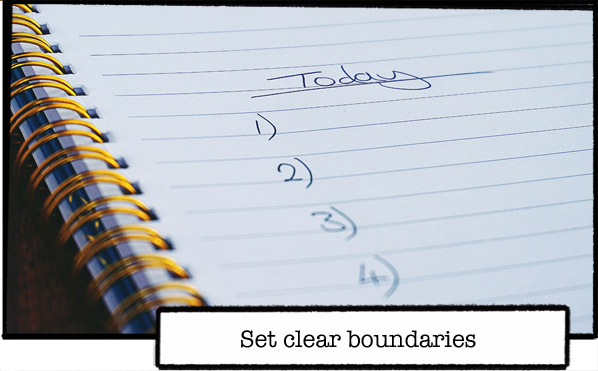The first couple of months of a new year is a time traditionally spent making resolutions and setting goals for the year ahead.
However.
I think it’s safe to say that ‘tradition’ has popped to the shops and is yet to return in what is now famously called these ‘unprecedented times’.
As SBLs, we often say that one of the reasons we love the job is because ‘No day is ever the same’. We enjoy the variety, we thrive under pressure and we excel at finding solutions to problems where, often, nobody else can.
But with each guidance document received, voucher processed, email read and item of PPE ordered, we have found ourselves further and further away from what we now affectionately look back on as ‘the day job’.
So, if we’re not doing what we ‘normally’ do in the way that we ‘usually’ do it, how do we even think about making plans or setting goals when 2020 literally screwed up every idea we had and tossed them in the bin?
What should we be doing?
My opinion? Whatever you want.
Seriously!
What do you want to do?
What do you want to start doing, or keep doing?
What do you want to stop doing?
When you can answer all of the above I want you to then ask yourself… why?
Why does this matter?
Will doing it make you happy? Will letting it go make you happy? Will you sleep easier? Will you smile more?
A side note: we tend to think of goals like performance management objectives which are SMART; specific, measurable, achievable, realistic and time-bound – and they often feel big and challenging.
But, for this process, I want you to know that it doesn’t matter whether what you want to do is ‘big’ or ‘small’. You don’t have to set goals that are future-focused and challenging – they can be immediate and… easy! Er, yes – easy!
Goals don’t have to be hard; sometimes, doing something because it simply makes you feel good is a good enough reason to do it!
Small changes can be very rewarding so if you simply want to cancel all of your unnecessary/under-utilised subscriptions because that means you’ll have some extra cash to treat yourself to something nice… perhaps a super nice bottle of gin every month…then I say go for it!
But! If you are committed to making bold and big changes, and setting courageous and clear goals, and you’re worried whether you should or if you really have time, or if people might think you’re getting ‘too big for your boots’, then ask yourself this…
When you look at your goals in 12 months time will you regret not doing them? Will you regret not trying? If the answer is ‘Yes’ – go for it. If the answer is ‘No’, then that is not your goal. It’s what someone else thinks you should be doing, or what you think other people think you should be doing.
Which me brings me to my next question…
Who do your goals matter to?
For the love of all things stationery and chocolate, your goals better matter to you more than they matter to anyone else! If you’re not doing it for you then chances are it’s not going to make you happy, and it’s not going to stick.
Your goals are your goals. They should reflect you, and what you’re priorities are. So, when you think of a plan or a goal for the year, make sure you’re being true to yourself.
And finally….
If you’re not sure where to start, or what you actually want, don’t panic. Instead of digging into the detail, step back and look at the big picture.
- Are there any particular areas of your life that you feel have been neglected, have suffered or have taken a particularly hard hit these last few months?
- Do you feel like you’re moving forward and, if not, what will it take to get you moving again?
- What have you learned these past few months – about yourself, your family, your friends, your views, your skills and your abilities? What’s shifted? What’s stayed the same? What has grown stronger? What’s missing?
- What will make you happier, healthier and more content?
I know I’ve asked you a lot of questions here but the reality is that there aren’t any ‘right’ answers. Goal setting isn’t a science and nor should it be. What is right for one person isn’t right for another. So pay no attention to the transformational thinking, new year new you woo-woo stuff.
Keep your eyes down, your heart open and your mind focused on what it means for you to live life the way you want to live it.
Be brave, be you and keep going. You’ve got this.
Like what you’ve read? Subscribe to this blog by clicking here.
P.S. Have you joined The Business of School Leadership Facebook Group yet? For practical support, advice, tips, tools & guidance about all things school leadership, join us in the community by clicking here.
Written for: Education Executive Magazine (@edexec)










